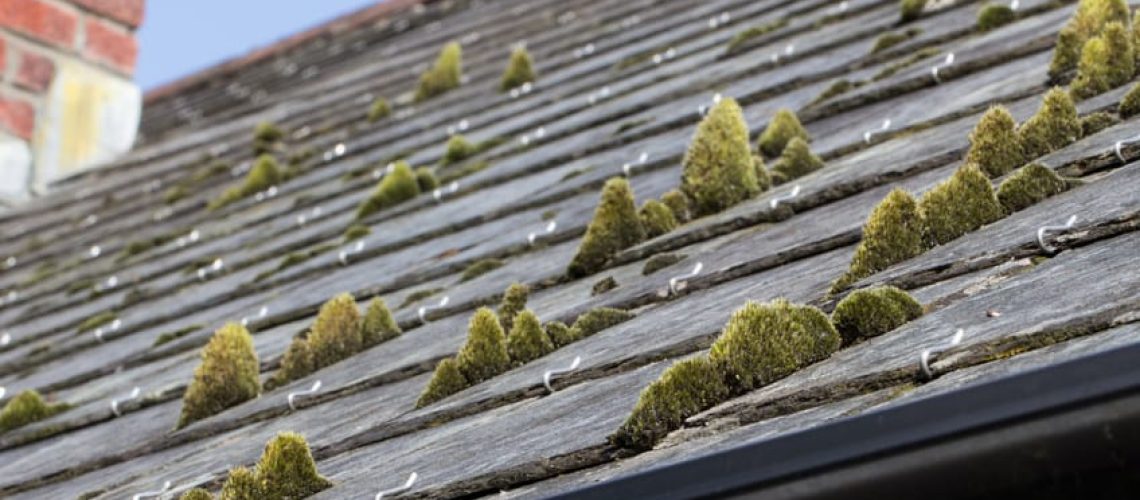The roof, a guardian against the elements, is one of a home’s most critical components. Yet, as the first line of defense, it bears the brunt of weather, wear, and time. Home inspectors, armed with a discerning eye and expertise, play a vital role in uncovering common roofing issues that, if left unaddressed, can lead to significant problems. In this comprehensive guide, we will explore the most frequent roofing issues discovered by home inspectors, emphasizing the importance of timely repairs and maintenance for a watertight and secure home.
1. Missing or Damaged Shingles
Issue: Shingle Problems Compromising Roof Integrity
One of the most common issues identified by home inspectors is missing or damaged shingles. Exposure to wind, hail, and other weather elements can lead to shingles becoming loose, cracked, or entirely dislodged.
Why It Matters:
Missing or damaged shingles expose the underlying roof structure to the elements, increasing the risk of leaks, water damage, and deterioration. Home inspectors emphasize the need for prompt replacement to maintain the roof’s protective barrier.
2. Roof Leaks and Water Damage
Issue: Water Intrusion Through Roofing
Roof leaks, whether caused by damaged shingles, deteriorated flashing, or compromised seals, are significant concerns uncovered by home inspectors. Water damage can result from leaks that go undetected or unaddressed.
Why It Matters:
Water damage can lead to structural issues, mold growth, and compromised insulation. Home inspectors prioritize identifying the source of leaks and recommending repairs to prevent further damage and maintain the home’s structural integrity.
3. Flashing Failures
Issue: Deteriorated or Improperly Installed Flashing
Flashing, the material used to prevent water intrusion around roof penetrations such as chimneys, vents, and skylights, can deteriorate over time. Improper installation or wear and tear are common issues identified by home inspectors.
Why It Matters:
Failed flashing allows water to seep into vulnerable areas, leading to leaks and water damage. Home inspectors stress the importance of well-maintained and properly installed flashing to ensure the longevity and effectiveness of the roof.
4. Clogged or Damaged Gutters
Issue: Inadequate Water Drainage from Clogged Gutters
Clogged or damaged gutters prevent proper water drainage from the roof, leading to water pooling and potential damage. Home inspectors frequently uncover issues such as debris accumulation, sagging gutters, or downspouts that are not effectively directing water away from the home.
Why It Matters:
Inadequate water drainage can result in water infiltration into the roof, foundation, or basement. Home inspectors recommend regular gutter maintenance and repairs to prevent water-related issues and protect the home’s structure.
5. Improper Ventilation
Issue: Inadequate Roof Ventilation Systems
Inadequate ventilation in the attic or roof space is a common concern identified by home inspectors. Improper ventilation can lead to heat and moisture buildup, causing damage to the roof structure and promoting mold growth.
Why It Matters:
Poor ventilation can compromise the lifespan of roofing materials, increase energy costs, and contribute to indoor air quality issues. Home inspectors stress the importance of proper ventilation systems to maintain a healthy and functional roof.
6. Sagging Roof Structure
Issue: Structural Weaknesses Leading to Roof Sagging
A sagging roof structure is a significant safety concern uncovered by home inspectors. This issue can result from inadequate support, compromised framing, or the weight of accumulated debris on the roof.
Why It Matters:
A sagging roof indicates structural weaknesses and poses the risk of collapse. Home inspectors prioritize identifying the root cause of sagging and recommending immediate repairs to ensure the safety and stability of the roof structure.
7. Rot and Decay in Roofing Materials
Issue: Wood Rot Due to Prolonged Moisture Exposure
Roofing materials, especially wood components such as sheathing and rafters, are susceptible to rot and decay when exposed to prolonged moisture. Home inspectors often identify signs of rot during their examinations.
Why It Matters:
Rot compromises the structural integrity of the roof, leading to potential collapses or failures. Home inspectors stress the importance of addressing rot promptly, including identifying and rectifying the source of moisture.
8. Hail or Storm Damage
Issue: Impact Damage from Hail or Severe Weather
Hailstorms or severe weather events can cause significant damage to roofing materials. Home inspectors frequently identify issues such as dented or bruised shingles, cracks, or granule loss.
Why It Matters:
Impact damage weakens the protective layer of the roof, making it more susceptible to leaks and deterioration. Home inspectors recommend thorough post-storm inspections and timely repairs to mitigate the effects of hail or severe weather damage.
9. Poor Installation Practices
Issue: Substandard Roof Installation Workmanship
Home inspectors often encounter roofing systems with evidence of poor installation practices. Issues may include misaligned shingles, inadequate flashing, or improper sealing around roof penetrations.
Why It Matters:
Poor installation compromises the effectiveness of the roof, leading to potential leaks and premature wear. Home inspectors stress the importance of hiring qualified professionals and conducting thorough inspections during and after roof installations.
10. Aging Roofing Materials
Issue: Wear and Deterioration of Roofing Materials with Age
Roofing materials have a finite lifespan, and as they age, they are more susceptible to wear and deterioration. Home inspectors frequently identify signs of aging, such as curled or blistered shingles, loss of granules, or brittle materials.
Why It Matters:
Aging roofing materials lose their protective qualities, making the roof more vulnerable to damage and leaks. Home inspectors stress the need for regular inspections and proactive maintenance to address aging materials and ensure the continued functionality of the roof.
Conclusion
The roof, a silent guardian, requires vigilant care to fulfill its role in protecting a home. Home inspectors, through their meticulous examinations, play a critical role in identifying and addressing common roofing issues. From damaged shingles to water leaks and structural weaknesses, addressing these concerns is paramount for ensuring a watertight, secure, and long-lasting roof. In the realm of homeownership, proactive measures, regular inspections, and timely repairs are key to mitigating the risks associated with common roofing issues and maintaining the integrity of this crucial component of a home.
For other issues that home inspectors commonly find, read our article, Uncovering a Home’s Dirty Secrets.


